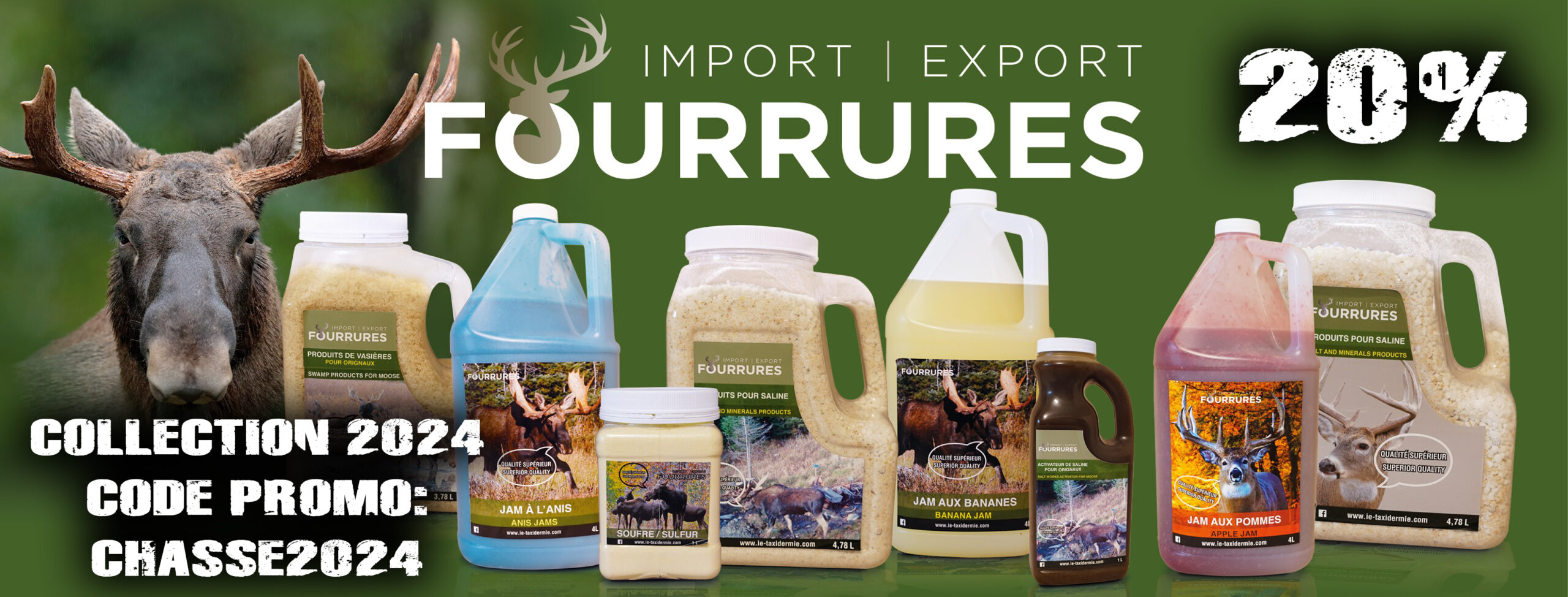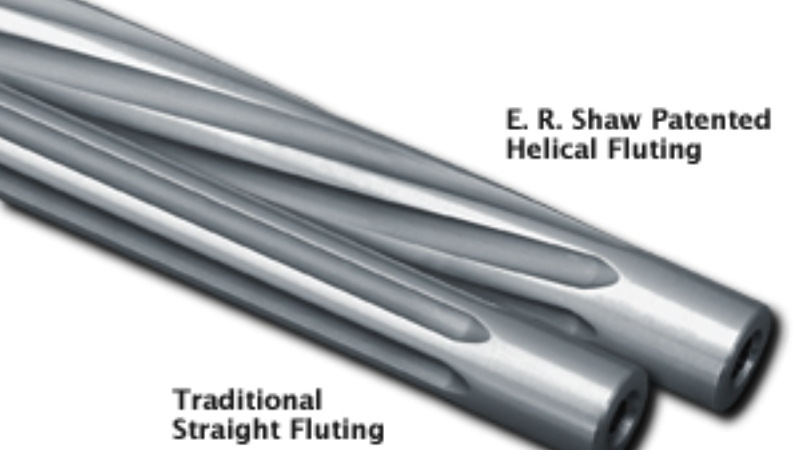The Ultimate Glassing Terrain Glossary
The Ultimate Glassing Terrain Glossary
The Ultimate Glassing & Terrain Glossary. Identifying landmarks for effective glassing to create better communication between hunters and shooters alike. Here are 16 necessary terrain definitions.
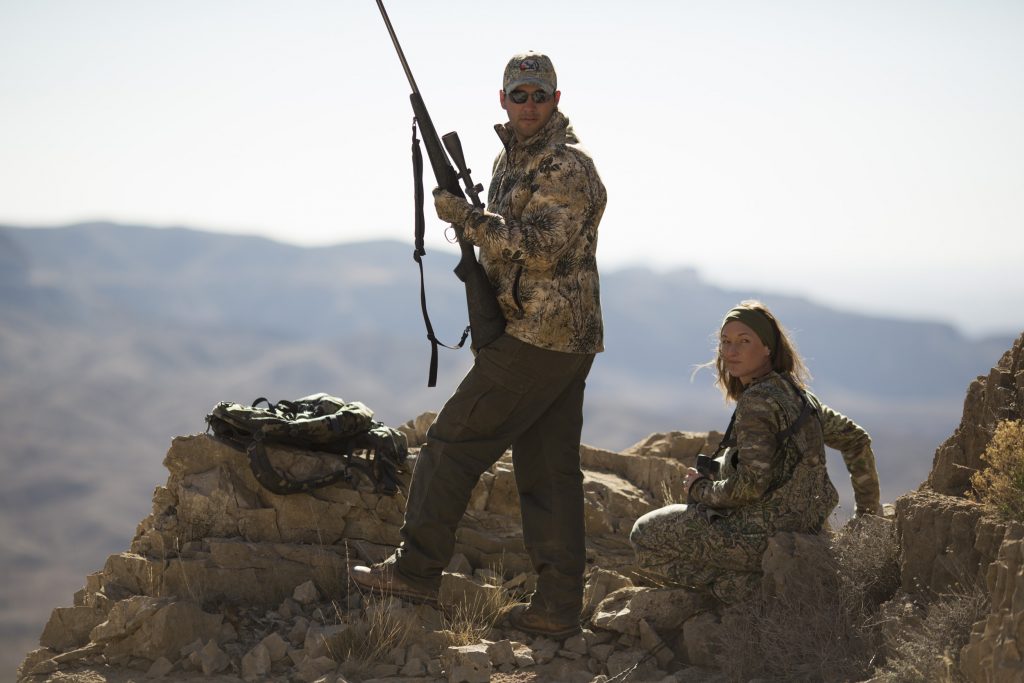
Identifying Landmarks
Glassing is a necessary first step in both scouting terrain and finding wild game animals. Communication is, however, an underrated difficulty when glassing with a partner or reviewing a session’s findings back at the truck. If you’ve ever hunted with a guide or someone who is very knowledgeable on the terrain, they’ve likely called out animals using definitions that are unfamiliar. You’re not alone. Understanding these 16 terms can help you become more effective communicating with your hunting partner both afield and at home.
Basin
A basin is a large, bowl-like structure. Often between multiple ridges, it is the large confluence where several ridges drain. Ridges empty into basins, and basins empty into valleys.
Bench
A bench is a narrow strip of terracing terrain on the side of a slope. As a ridge drains into a basin, a bench is a flat relief along the slope of the ridge. Benches are wonderful locations to find game.
Bluff
A bluff is a steep face. Smaller than a cliff but larger than a rock outcropping, a bluff is a promontory face on the end or edge of a hillside or ridge.
Box Canyon
Box canyons are narrow canyons with steep walls. Often no more than 15 or 20 feet wide, box canyons can be great travel routes for both game and hunters moving on game. Beware. Flash flood risk is high.
Butte
Derived from the French word meaning knoll, buttes are isolated hills with steep vertical sides. They are typically easy to identify because they do stand alone on the western plains. Unlike mesas, buttes look more like a thumb sticking up out of the earth.
Coulee
Deeper than a wash but shallower than a ravine, coulees are steep-walled but not excessively deep. They catch runoff from surrounding terrain but don’t necessarily contain dry creek beds.
Meadow
A meadow is a grassy break in an otherwise timbered area – the smaller version of a park. Often close to the security of timber, meadows are popular areas to find foraging game at sunrise and sunset.
Mesa
Mesas are flattop mountains. Often jutting in solitude from the ground, mesas have steep sides. “Mesa” is Spanish for “table,” and the structure takes such an appearance. Mesas resemble small, lone plateaus.
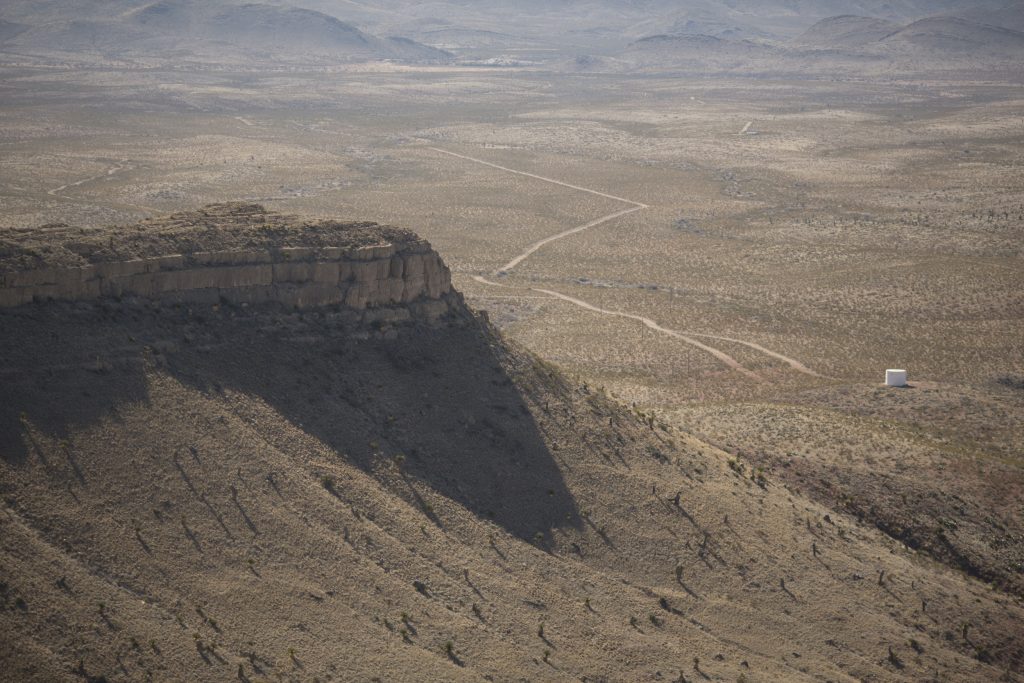
Hunting the Mesas in Texas has proven to be very successful over the years.
Park
A park is a large meadow often found in the bottom of basins and valleys. Often flat, parks offer an expanse of grassland and often running water or seeps for game to water.
Plateau
A plateau is an expansive mesa. The tops of plateaus are generally flat with the sides being steep and eroded. A plateau is a flat, secluded plain surrounded by bluffs and ravines.
Ravine
A ravine is a small gorge. Generally eroded from flowing water or runoff, ravines differ from bluffs by being less steep and with an “opposite side.” Generally, both sides are of similar height and slope.
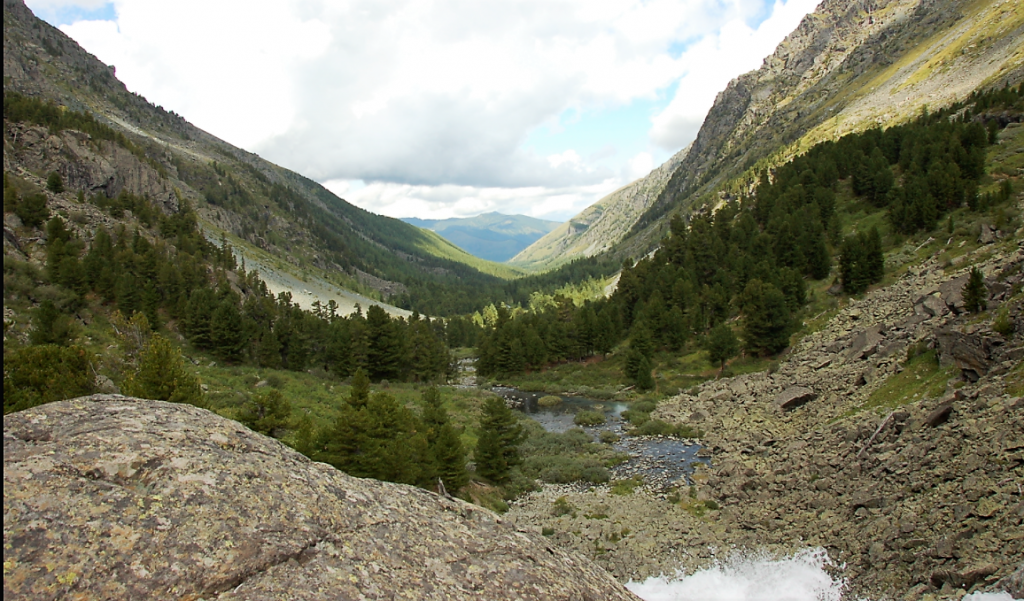
Generally in a ravine, both sides are of similar height and slope and are excellent places to find game.
Ridge
A ridge is a connected peak of surrounding slopes. Ridges branch from peaks to create “fingers” on a mountain or series of high spots. Ridges are the running tops of slopes that empty into basins or valleys.
Saddle
Saddles are breaks in ridges. Different from a ravine or canyon, a saddle is not a termination of a ridge but merely a depression in a ridge that continues the ridges path. Saddles are great crossings for game.
Seep
A seep is a small stream or pool that forms from the earth or slight runoff. Seeps are often omitted from maps due to their small nature. Seeps can resemble a combination of a stream and a bog.
Slide
A slide is anywhere on a slope where falling rock, snow, or other material has scarred the slope face. Where an avalanche creates a slide, it is instead referred to as a “chute.”
Wash
A wash is a wide, dry streambed or a wide, dry gulley. A wash may not be overly steep or tall on the sides. If it were, it would be a coulee. Washes provide great lowland cover for stalking game.
Don’t stop with these terms alone. Look up pictures and study maps to learn how to identify each of these terrain features and how to use them to your advantage in the field. That way, when your hunting partner calls out a big bull elk moving up through a coulee, there’ll be no hesitation as you swiftly put your binoculars on the spot where the animal is located.







